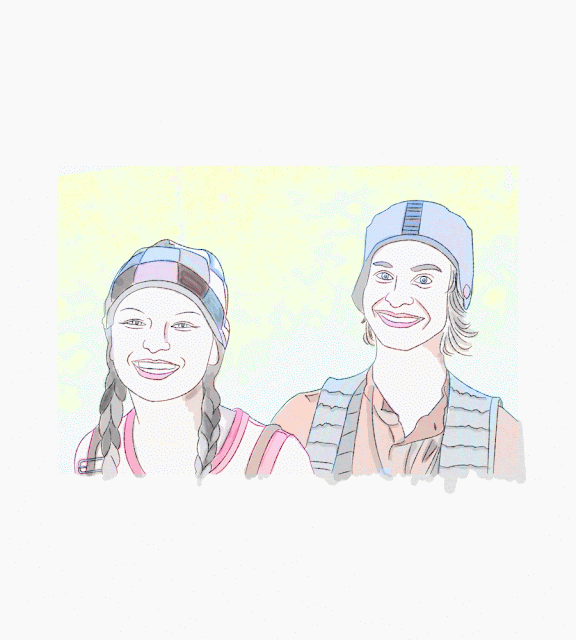Friday, March 30, 2012
Thursday, March 29, 2012
Wednesday, March 28, 2012
Helvetica Notes
Helvetica Notes:
After watching this movie, I learned that the typeface Helvetica means “the Swiss”, but was originally named Neue Haas Grotesk. It was invented in Switzerland in 1957, and brought to popularity the design style called Swiss Design, which revolved around simple, clear, and timeless typefaces. A few other design movements discussed in the movie were Modernism, Postmodernism, and Grunge.
Apart from informing us about the typeface Helvetica, this movie was educational in the general subject of design. We were able to hear opinions and advice from several famous designers such as Massimo Vignelli, Wim Crouwel (gridnick), Michael Place, and Matthew Carter. A few examples of these designers’ works can be seen below.
Massimo Vignelli:
Wim Crouwel: (Inventor of the Grid System)
Michael Place:
Matthew Carter:
These designers had many interesting and insightful things to say such as, “It’s not about the black, it’s about the white” (Vignelli). He was trying to convey the fact that often times typefaces are not characterized by the letters themselves, but rather by the spacing between and around them. A female journalist said that Helvetica gives off a more humane and accessible vibe, which is why it is often used in things like marketing, which requires an ad to reach out to its human targets and seem more relatable and friendly. Another designer stated that “Something is designed to stand the test of time”, which I thought was not necessarily always true, but an interesting observation nonetheless.
After watching this video, I was curious to see where I might find Helvetica in my every-day life. Here are a few pictures that display this universal typeface being used in society:
Tuesday, March 27, 2012
Monday, March 19, 2012
Color Theory Writing Assignment
In this color theory lesson, we learned many things about color dynamic, how colors are made, and the different effects that colors can have on the human mind. We learned that the 3 primary colors are red, blue and yellow, that the three secondary colors are purple, green and orange and are created when mixing two primary colors (ex. blue and red makes purple), and that tertiary colors are created by mixing two secondary colors (ex. purple and green makes half purple half green on a color slider). We learned that additive color occurs when color is created by mixing visible light emitted from differently colored light sources, and that subtractive color occurs when light is removed from part of the visible spectrum to create colors. I found it extremely interesting that different colors can affect our minds in different ways. We learned that pink is the most soothing color and that blue foods are found to be unappetizing. Even if the taste is the same, the alteration in color causes our bodies to have a psychological aversion to the food. People on diets even used to wear blue tinted glasses to reduce their appetite at meal time. We learned that colors can also change in appearance in relation to one another. For example, if a bright red is next to white it appears more intense than if it were displayed next to bright orange. We learned that a greyscale image is one that is made up of only black and white, and a monotone image has tints and shades of one color.
Here is an example of a greyscale image:
Here is an example of an image that uses complimentary colors:
Friday, March 16, 2012
Monday, March 12, 2012
Friday, March 9, 2012
Thursday, March 8, 2012
Thursday, March 1, 2012
Subscribe to:
Comments (Atom)


























